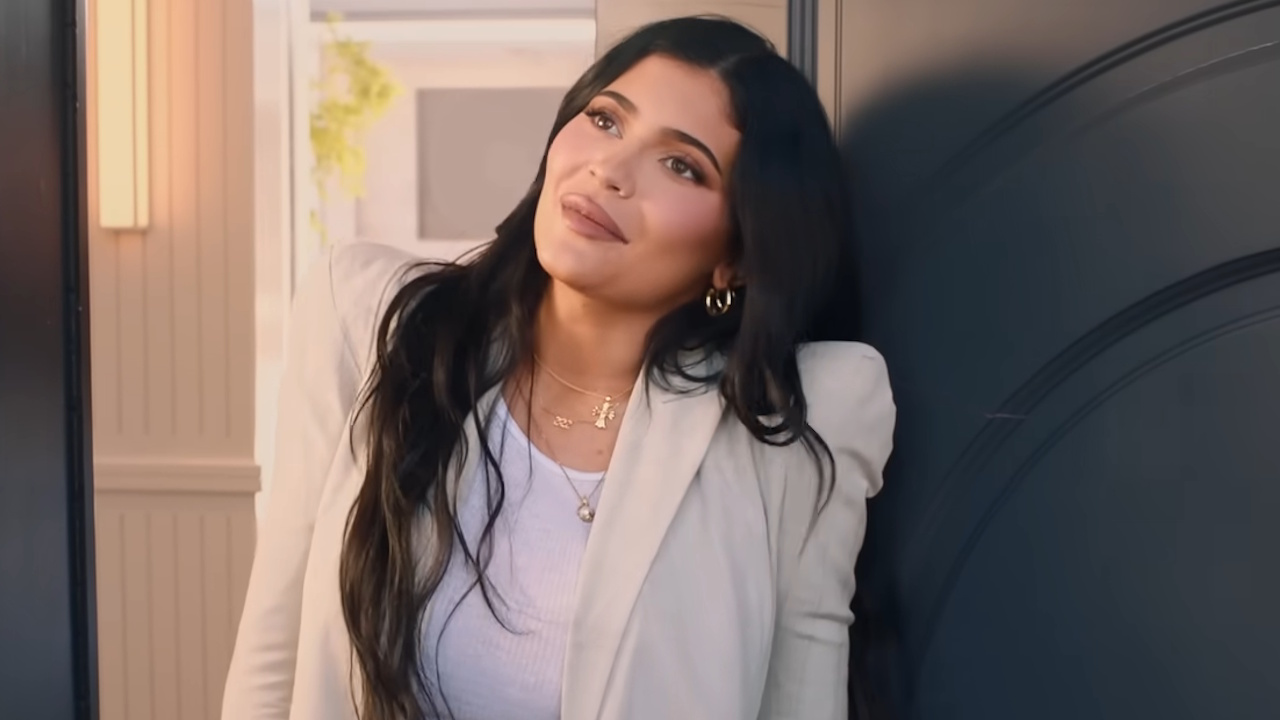From the rumblings out of the Cannes Film Festival, I thought I knew what to expect from the 3-hour French drama Blue Is The Warmest Color, the ill-fated lesbian love drama with a lengthy sex scene that's caused a lot of hubbub. What I found, though, was something far less salacious and richer than I anticipated.
Though the drama at the movie's core is about the tumultuous relationship between young Adele (Adèle Exarchopoulos) and her blue-haired girlfriend Emma (Léa Seydoux), it is not their story. It is just Adele's. At the film's start, she is a 17-year-old high school student with an eye toward a future in teaching. While her peers gush over boys, she seems bored by them, even when a cute senior notices her. Her brief tryst with him is nothing, though, compared to what happen when she spots a mysterious blue-haired tomboy on the street, then meets her again in a fateful first trip to a local lesbian bar.
From there a flirtation begins that causes both pleasure and pain for young Adele, the heady cocktail of love and sex contrasting with teasing from her classmates and later jealousy as Emma flirts with more mature women. While her relationship with the older Emma, an art student at local university, makes up most of the second and third acts, it is used as a tool to explore how Adele matures from crush-having kid to heartsick twenty-something. Much of the film's power is laid squarely on the shoulders of actress Adèle Exarchopoulos, and she is captivating, in turns an inscrutable teenager, then painfully vulnerable in her need for love and acceptance.
Seydoux is likewise extraordinary as Emma. It wasn't long ago that she'd have been believably cast in the role of the sexually curious young woman with more passion than sense. But her more mature role fittingly shows growth in this ingénue, giving her the chance to play the mentor, the one who should know better. Her scenes with Exarchopoulos are breathtaking and emotionally raw, whether they are ripping each other's clothes off or ripping into each other's hearts. Watching them go at each other, it’s easy to understand why the Palme d’Or prize was—for the first time ever—awarded not only a director (Abdellatif Kechiche) but also to its leads. Without these two and their dogged dedication to their roles, the film would never have come together so lushly.
This is no glorified portrait of the metamorphosis of girl to woman-- Kechiche shows Adele haloed by flyaway hairs, wearing little makeup, eating and fucking as if no one is watching. Kechiche brazenly shows a woman as she is--an exceptionally beautiful young woman, but still. Her beauty feels effortless and reckless, and that combined with his choice to drift from one slice of Adele's life to the next (literature class, dinner with her parents, flirting with Emma) gives the film an intimacy so deep it sometimes feels intrusive. With countless extreme close-ups., we are rarely more than a few inches from Adele's quivering lips, full lips and wet eyes. It's almost as if rather than watching her, Kechiche wants us to eat her up whole.
Which brings us to the big sex sequence. It's one of several within the film, each offering some character development through Adele’s reactions, whether bored, comforted, or elated. But the first time the key couple copulates is given a ten-minute montage of frank framing, revealing writhing bodies, ragged panting, and no chipper smiles for us or the camera. It's animalistic, and certainly speaks to the Adele and Emma's primal connection, but after a while it just feels purposefully over the top. Yes, it's titillating and images of female sexual pleasure in cinema are painfully lacking, but who dubbed Kechiche the one-man team to level the scales? It hits a point where it’s just too much, a choice the director makes again and again to the point of blatant self-indulgence.
Even at three hours long Blue Is The Warmest Color never wears out its appeal, but it is in essence a love story like we've seen again and again, except this time with bold lesbian sex and love. While pushy, it is a competent character study, but I found its details slipping away as soon as I left the theater. Kechiche presents Adele's tale in a blur of collisions in lengthy scenes of fights or sex, but rarely dwells to reveal their moments after. For instance, when Adele is attacked at school once it’s suspected she is gay, there's no scene of follow-up, either of her coming out to her peers or defiantly shrugging them off. Instead, we skip to Adele's next chapter, bypassing her coming-out completely and instead diving right into her less than happy home-life with Emma.
Your Daily Blend of Entertainment News
The French title for the film is La Vie d’Adele: Chapters 1 & 2 (The Life of Adele: Chapters 1 & 2), which adds some context the movie ultimately needs. The story is not complete, but is instead the beginning of Adele’s adult life. (Blue Is The Warmest Color is the name of the graphic novel on which its based.) Whatever the title, the film does push the envelope by giving voice to the story of a sexually fluid young woman, and by defiantly displaying raw and earnest intercourse unlike many audiences are like to have seen before. But ultimately, Kechiche’s direction feels so heavy-handed that it undercuts the beautiful roughness of its first love story and the emotional vulnerability its actresses so boldly displayed. His ego and drive to push the boundaries detract from the movie’s best attribute, which is the dual performances that make three hours fly by.
Staff writer at CinemaBlend.


